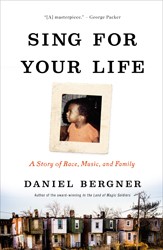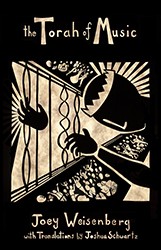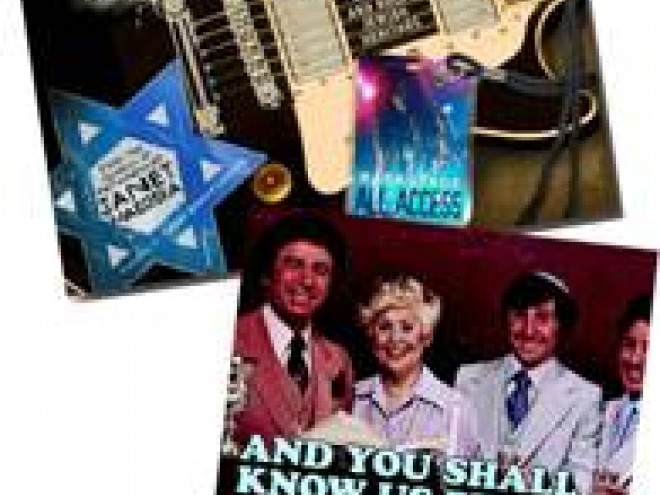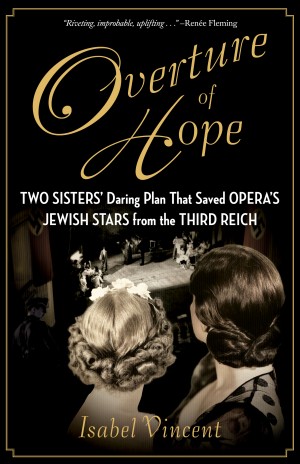The Cambridge Companion to Jewish Music, edited by Joshua S. Walden, a musicologist at the Peabody Institute at the John Hopkins University, is a collection of sixteen discrete essays on the history of Jewish music exploring the “inherent ambiguity of the term ‘Jewish music’.”
Contributors to the edition include musicologists from around the world whose areas of expertise include ancient, modern, and contemporary music. The book’s sixteen chapters are divided into three sections. The first four essays of the first section “explore various ways ‘Jewish music’ has been defined and conceived, and the historical, social, cultural, and technological influences that have helped shape these often conflicting understandings.” The final essay of this section, written by the editor, considers how sound reproduction technologies in recording and digital media have forever altered the way that Jewish music is created and defined. Walden draws the history of The Barry Sisters, Clara and Minnie Bagelman, who were at the forefront of a musical fusion between klezmer and swing, as an example of the “hybridity of modern Jewish identity in America.”
The next four contributions focus on four genres of Jewish music: biblical, liturgical, Judeo-Spanish song, and klezmer. Chapter six, written by Mark Kligman of the Herb Alpert School of Music at UCLA, traces the history of Jewish liturgy from biblical times to the present, utilizing biblical, rabbinic, medieval, and modern sources. His essay also considers the tension that developed between those who wished to create new liturgical music and others, usually rabbinic leaders, who wished to preserve older tunes, most likely to prevent non-Jewish musical practice from influencing liturgical practice.
The final eight essays of the third section “chart a generally chronological course through the history of a variety of genres, places, languages, and styles of Jewish music.” Lily E. Hirsch considers the history of Jewish music from 1925 to 1945. Her review explores the impact of war, the Holocaust, and Nazi and Soviet policies about Jewish participation in the arts. This chapter leaves the reader with a sense of awe at the ability of Jewish composers and musicians to continue their artistic expression in the midst of modern Jewry’s darkest period.
The Cambridge Companion to Jewish Music is a concise and valuable introduction to the subject. However, the essays vary in their complexity. While none require an advanced understanding of music theory, some will challenge a reader with limited exposure to music’s primary structures or terminology. Nevertheless, those interested in the cultural history of the Jewish people will enjoy this book. In addition, a reader of The Companion to Jewish Music will finish its final pages with a deeper appreciation of how music may serve as a unique vantage point from which to explore the history of the Jewish people as a whole.
Related Content:
- Nora Gold: The Power of Jewish Music
- Tamar Barzel: A Jewish Music Koan: What is the Sound of a Klezmer Band Not Playing?
- Janice Steinberg: Hearing the Women’s Songs in Torah — and in The Big Sleep





